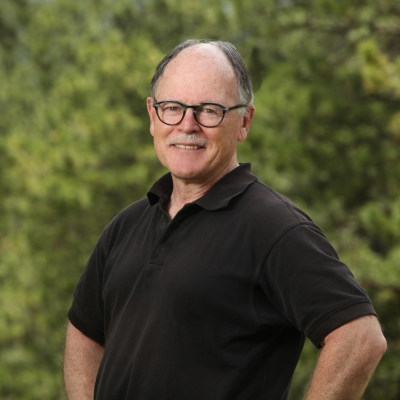Back in February, Bloomberg’s Adrian Wooldridge published a column claiming that “America is facing a great talent recession.” He noted that, “today, demand for top talent in the corporate world and elsewhere is exploding just at a time when the supply is threatened, as the public school system allows exceptional talent to molder and other countries do more to retain their own exceptional performers. The country needs to add a new strand to educational reform: not just giving a helping hand to the poor or average performers but also identifying and nurturing the superstars.”
It was with Wooldridge’s column in mind that we listened to Fordham’s recent Education Gadfly Show podcast on gifted education, which featured a conversation between Mike Petrilli and Johns Hopkins Professor Jonathan Plucker.
We agreed with many of Plucker’s points, including the academic benefits of acceleration and the difficulty that most teachers have with differentiated instruction.
But we also noted the omission of any discussion of the social and emotional side of gifted education.[1] Having raised four gifted students who are now adults, with the benefit of hindsight we believe that this is even more important than providing such students with sufficient academic challenge.
To be sure, most gifted programs make some attempt to address these issues. Unfortunately, this often takes the form of a teacher with a gifted ed certification lecturing parents about the kids’ high levels of perfectionism, sensitivity, and intensity, without providing them with many tools to help their children manage these. Too many programs also fall short in helping students understand, accept, and learn how to manage the social and emotional issues that they often face.
Our favorite expert in this area is Susan Jackson from the Daimon Institute in British Columbia. She stresses the importance of enabling gifted children to build “authentic peer relationships.” At some point, most gifted students realize they are different from their peers because, for example, of the greater breadth and depth of their interests, the enthusiasm they have for them, their advanced vocabulary, and the intensity of their feelings.
In the absence of authentic peer relationships, this feeling of being different can take a dark turn, leading to frustration, anger, depression, and in some cases, a growing lack of empathy for students who are less talented.
In extreme cases, this can lead to violence. An article in Education Week once noted that, “as experts put together the patterns and profiles associated with mass shootings, one element emerges time and again: intelligence. It takes a great deal of methodological planning to execute violence of this magnitude. It also takes a social-emotional imbalance that results from isolation, insecurity, and anxiety.”
On the podcast, Plucker noted that research has found that the incremental academic benefits from attending a selective high school are minimal for gifted students. What he didn’t say was that the incremental social and emotional benefits from forming authentic peer relationships at such schools are almost certainly very large.
Jackson stresses that, ideally, these relationships should span a range of activities, not just cognitive ones. For example, the cross-country team at our children’s high school was filled with gifted students, and their coaches deliberately nurtured the development of relationships among team members. We’ll never forget the example of an extremely smart boy who had been eating lunch alone. After joining the cross-country team, he never did again—and he blossomed, both socially and academically. The coaches were former world-class runners, not gifted educators. But they had a deep understanding of how to meet the emotional and social challenges faced by exceptionally talented young people.
Another reason it is critical to address these students’ social and emotional challenges while they are in K–12 is because few colleges are set up to do it. To be sure, many have expanded their counseling centers, too often in response to rising rates of students’ substance abuse, depression, and suicide. But these centers are usually designed primarily to address acute mental health needs, not to teach highly talented students how to meet their social and emotional needs in a healthy way.
These challenges often grow even more daunting when gifted students enter the working world. In our experience, two stand out. The first is that gifted adults often have so many interests that it is hard for them to focus on a single career. In any given job, they are more prone to “bore out” than burn out. It is critical both to help them identify careers that will provide a sufficient range of challenges, and to recognize that their diverse interests can also serve as the basis for fulfilling activities outside their job. The second challenge is working well with colleagues who don’t absorb and process information as quickly as they do. Learning to ask good questions and not just offer good answers ahead of the crowd is often critical to gifted adults’ success in many organizations.
In sum, we agree with Adrian Wooldridge that America faces a great talent recession that makes effective gifted education more important than ever. To be effective, however, it must go beyond academics and focus just as much on helping these students successfully meet the social and emotional challenges they face.
[1] Editor's note: Not everything important about gifted education can be covered in a short podcast. Furthermore, it was the podcast's host, Mike Petrilli, who chose the specific topics on which to focus. Concerns about the omission of the social and emotional side of gifted education should be directed to Petrilli, not to Plucker.



